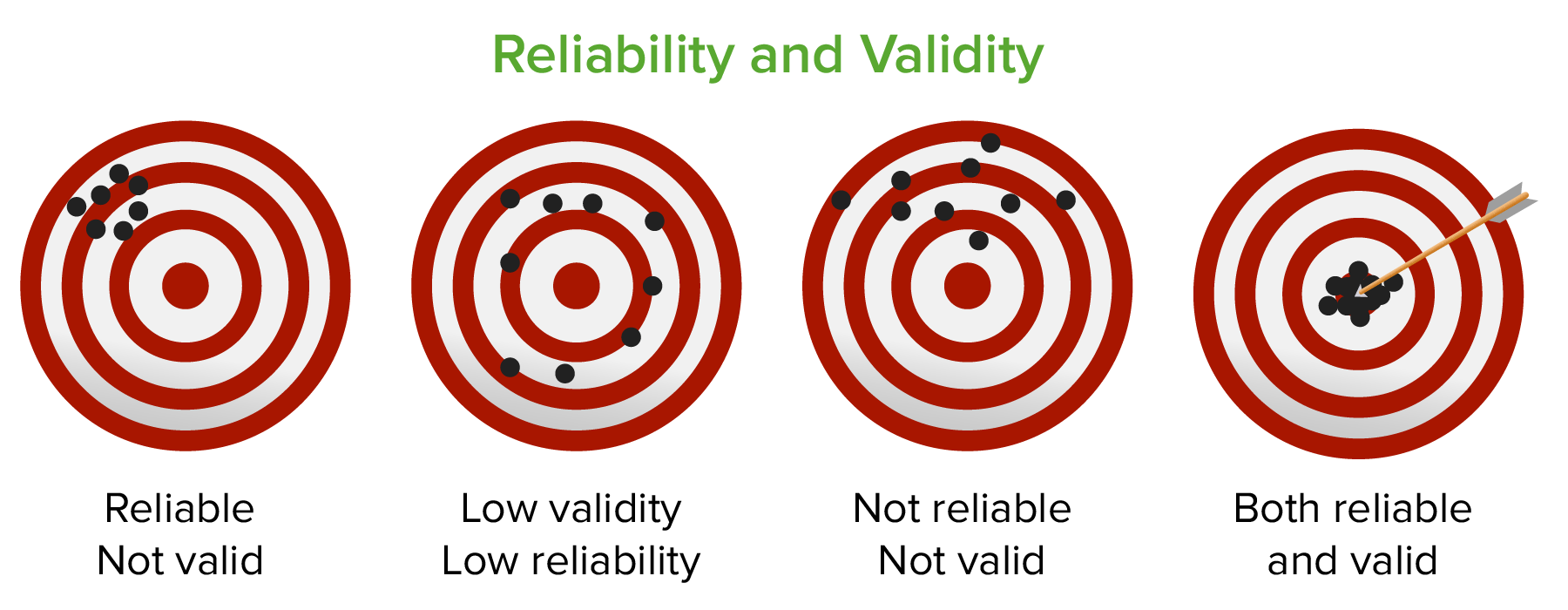Playlist
Show Playlist
Hide Playlist
Validity & Reliability: Introduction
-
Slides 12 ValidityReliability Epidemiology.pdf
-
Reference List Epidemiology and Biostatistics.pdf
-
Download Lecture Overview
00:01
Hello and welcome to epidemiology. Let me
ask you question, how often do you use the
word 'cause' in a clinical context, like smoking
causes cancer, or eating fatty food causes
heart disease? You probably do it a lot. Did
you ever stop to think about what cause really
means. Epidemiologists are quite particular
about the nature of causality or causation,
certain criteria, certain conditions have
to be satisfied before we're confident using
the word 'cause', as in this risk factor causes
a certain outcome. So in today's lecture you're
going to learn about a set of criteria we' like
to apply to causation, we call them Bradford-Hills
criteria. You will also learn about the difference
between necessary and sufficient causal factors,
that's an exercise in logic that applies to
science. And lastly you're going to learn the
difference between validity and reliability,
classical constructs in scientific proof.
00:52
Now let's look at this graph. This
shows the relationship between the consumption
of ice cream and the number of drowning deaths
in a New England community. Now when we look
at it, it shows that when on days in which
consumption of ice cream goes up, the number
of drowning deaths also go up. So what do
you think? Is consumption of ice cream a causal
factor in drowning deaths, in other words,
if you eat ice cream, you're going to drown.
01:17
Is that what this is saying? No, because correlation
is not causation, I think you know that. Oftentimes
we can measure associations and relationships
between variables; it doesn't mean that one
of them is causing the other one. What's actually
happening in that example is that on warm
days, people are more likely to eat ice cream
and they're more likely to go to the beach
and probably drown. So in that case, if you
remember the lecture on biases, temperature
is a confounder. Temperature is creating
an artificial relationship between two variables
that actually don't have a relationship, in
this case ice cream consumption and drowning.
01:55
So in a previous lecture we've also learned
about measurements of association, in particular
relative risks, odds ratios and attributable
risk. We never used the word causal though,
we're very careful to say these are measurements
of association or relationships, because to
say that one thing causes something else is
another story entirely and that's what we're
going to talk about now.
About the Lecture
The lecture Validity & Reliability: Introduction by Raywat Deonandan, PhD is from the course Validity and Reliability.
Customer reviews
5,0 of 5 stars
| 5 Stars |
|
1 |
| 4 Stars |
|
0 |
| 3 Stars |
|
0 |
| 2 Stars |
|
0 |
| 1 Star |
|
0 |
Great lecture, this Doctor is so passionate about epidemiology that makes you want to stay focus on it!




